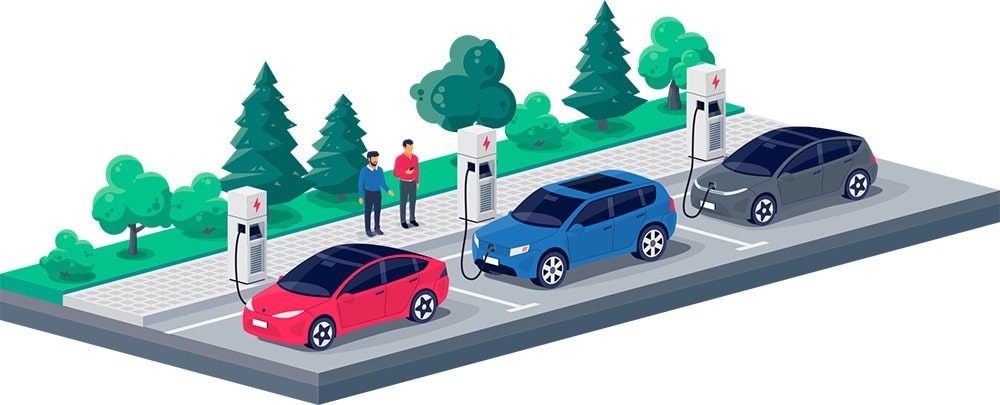
Ready, Set, Plug-In
EV Readiness Perspectives
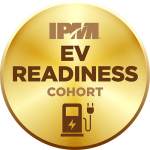
istock / PhonlamaiPhoto
Introduction
Electric vehicles (EVs) and electric vehicle supply equipment (EVSE) are transforming the parking, transportation, and mobility industry. Generational investments are being made on the federal, state, and local levels, leading the private market to respond with ambitious electric vehicle sales and charging station installation goals. These market trends impact how fleets are managed, how facilities are designed and operated, and what resources and skillsets are needed to maintain uptime requirements. IPMI’s EV Cohort sought to tackle this market trend head-on. It developed an EV Readiness Survey that captured insights and benchmarks on the current state of EV readiness, EVSE, and EV fleet deployment industry-wide, as well as anticipated demand and related impacts to the industry. Results from the survey were used as a foundation to develop an EV Readiness Resource Guide (Guide) in late 2023 and early 2024. The Guide identified industry barriers and challenges to implementing EVSE and fleet electrification, key considerations to be successful along the electrification journey, market approaches, and case studies. Utilizing this Guide as a foundation, the EV Cohort has provided EV readiness perspectives from diverse industry verticals, including municipal, airport, university, and commercial operators.
Municipal Perspective
The City of Minneapolis and the broader Twin Cities region have ambitious climate action, sustainability, and electrification goals over the next several decades. To support these goals, Minneapolis partnered with the City of Saint Paul, Xcel Energy, the American Lung Association, ZEF Energy, and Hour Car to develop a curbside EV charging program that supports public and EV car share charging. This innovative program leveraged grant dollars to install 70 EV Spot Network charging hubs across Minneapolis and Saint Paul. These curbside Level 2 and DC Fast chargers are within a ten-minute walk for residents and car share users in the car share one-way “home area”. Pairing curbside EV charging stations with electric vehicle car share provides residents with clean and equitable mobility options while leveraging local and regional investments in transit, pedestrian, and cycling infrastructure.
The program, while successful, has experienced its share of growing pains. The initial deployment of charging hubs encountered some logistical challenges. Siting charging stations curbside meant identifying ample available curbside space free of obstructions and near adequate power. The curbside management strategy for these areas also needed to mirror the anticipated charging dwell times to avoid creating congested parking in places where vehicle turnover was a priority. Suboptimal locations, specifically locations that were not highly visible and located in “around the corner” spaces, have been susceptible to vandalism and cord-cutting theft. The consistent curbside charging unit vandalism has led to decreased uptime and service reliability challenges for public and car share users alike. Forecasted maintenance costs have spiked, making the City rethink the needed resources to maintain the system. And lastly, supply chain issues and winter inclement weather have led to longer than anticipated lead times to remedy charging station issues. While the City believes curbside EV charging is an important strategy to meet overall electrification goals, it will be important to learn from these siting and operational challenges as the team plans future phases of curbside EV deployments.
Airport Perspective
While the concept of electric vehicle (EV) charging at airports is relatively new, studies show that at least 37 airports nationwide have installed some form of EV charging offering and accompanying infrastructure. The Metropolitan Washington Airports Authority (MWAA), which operates both Ronald Reagan Washington National Airport and Washington Dulles International Airport, has nearly 250 charging stations between its locations. These areas have
been equipped with LED lighting, green-painted
parking spots, and signage throughout the garages
for enhanced wayfinding.
Based on EV demand and physical counts of plug-in hybrids and EVs in their garages, MWAA conducted a ten-year outlook into the infrastructure needed, challenges that may arise, and the overall demand in the immediate area. Was this going to be a revenue generator, an amenity to be provided to customers, or does MWAA look at it as a way to recover costs while helping to make transportation greener? Ultimately, MWAA chose to provide EV charging stations at no cost to airport customers and serve as an amenity on a first come, first served basis. To do this, the airport installed mostly Level 1 chargers that are relatively inexpensive, easy to replace, and require much less infrastructure than a Level 2 or DC Fast Charger. The biggest challenges were related to parking enforcement regarding non-EVs parking in designated EV spaces and equipment failure. Minor challenges, all things considered, especially when dealing with an inexpensive product that may be cheaper to replace than repair.
While MWAA ultimately chose to install chargers, it may not be for all airports. Parking revenue between Ronald Reagan Washington National Airport and Washington Dulles International Airport is the largest revenue generator besides the airlines. Smaller airports need to be mindful of the cost associated with installing the necessary infrastructure, the units’ cost, signage, lighting, painting, and overall maintenance. Would a DC Fast Charger with a fee make more sense in a market where transportation network companies (TNCs) are popular and/or passenger drop-offs are common? These are all questions to ask when considering whether to charge or not to charge.
University Perspective
Early on in EV charger deployments, agencies and grant programs suggested deployment strategies that worked to support early adopters with generic system designs. As the industry has matured, a significant amount of use case intelligence has changed how the campus approaches equipment selection and installation. At the University of California (UC), Riverside campus, staff learned from user behaviors and trends identified in charging session data analysis. This data showed how the campus community was using the EV charging system. Through discussions with other universities nationally, UC Riverside was able to further understand the data’s relationship to the lifestyles in the local community.
Campus staff developed a clearer understanding of how and why EV chargers were being used on campus, which was not initially recognized. Over 65% of UC Riverside campus employees live in the same or adjacent zip code as the campus. The average round-trip commute of an EV driver to campus was 5.5 miles. This was very different from the 75-mile round trip average of another University of California campus. Charger utilization during business hours reached as high as 94%, but most of an EV’s dwell time was spent sitting idle. Although UC Riverside marketed the program was established to help commuters “Charge-Up” to complete their commutes, the EV system was providing low-cost charging for all their driving needs.
With an increased understanding of the community’s needs, UC Riverside set forth over the next four years to create a mix of chargers/receptacles and rates that helped the campus control program expansion and operating costs, reduce dwell time in high-amperage chargers, and serve six times the users. By understanding the community’s EV charging needs, the campus EV system achieved its goals and significantly increased user satisfaction.
Commercial Operator Perspective
The primary objective of most commercial real estate owners is to offer a cost-neutral charging solution to their tenant base. With the national average age of U.S. commercial buildings at about 53 years old, the construction cost of civil and electrical work to retrofit garages remains the biggest challenge in modernizing existing urban infrastructure to support electric vehicles. Concurrently, real estate owners are pressured to charge EVs for their tenants. Statistically, while 80% of EV owners do charge at home, there is a cohort of people who prefer to charge at work or dwell in an environment where accessibility to chargers might be limited as more people transition to electric vehicles such as apartments and multiunit dwellings. Those who prefer to charge at work often have not upgraded to Level 2 home chargers (6.2+ kW) but prefer Level 2 charging over the Level 1 trickle-charge experience at home (1.1 kW). In a recent Boston Consulting Group (BCG) global survey of EV owners in the U.S., respondents said having EVSE conveniently located next to one’s workplace came in fourth behind reliability, price, and speed of charge. For most, workplace charging remains the second most common destination, so the availability of chargers remains an important initiative for most clients.
Charging behaviors observed in commercial properties include most customers “topping off” and being fully charged within two to three hours. This customer behavior leads vehicles to not move when charging is complete. Pricing, including the psychology of pricing, is the means to affect behavior and change and is a powerful way to optimize existing charging infrastructure without incurring additional costs. Parking and charging behavior change can influence the charging rate through tiered plans, induce turnover on each charging station through fees, etc. The nationwide average for one kWh of electricity for a residential building is just under 15 cents ($0.1496). Still, lower rates have been negotiated at many commercial garages, providing an opportunity to manage EV charging stations to generate profits based on the variance.
Conclusions
The parking and mobility industry has seen significant resources invested across all sectors to better understand, implement, manage, and operate electric vehicle supply equipment within programs and facilities. While many industries aim to tackle the challenge of a rapidly expanding electrification network, the parking and mobility industry has been most impacted because of the natural inclination to provide EVSE in parking facilities as an amenity to existing customers or a resource to attract new customers. As evidenced in this article and the more expanded resources of the EV Readiness Plan, everyone involved with EVSE planning and design deals with unique challenges reflective of local conditions and regulations.
The intent of the research efforts of the IPMI EV Cohort was to assemble resources that help to reduce some of the confusion around EVSE and fleet expansion planning, provide guidance on a realistic path forward for industry members, and help support effective resources for parking and mobility professionals to lead the charge to reach this country’s EVSE goals. You can find more information and resources about the EV Readiness Plan here. ◆
Robert Ferrin, CAPP, is a Senior Project Manager with Kimley-Horn, an IPMI Board of Directors member, and co-chair of the IPMI EV Readiness Cohort.

-
Robert Ferrin, CAPPhttps://parking-mobility-magazine.org/author/robert-ferrin-capp/March 3, 2022
-
Robert Ferrin, CAPPhttps://parking-mobility-magazine.org/author/robert-ferrin-capp/April 4, 2022
-
Robert Ferrin, CAPPhttps://parking-mobility-magazine.org/author/robert-ferrin-capp/April 11, 2022
Brett Wood, CAPP, PE, is President of Wood Solutions Group and Co-Chair of IPMI’s EV Readiness Cohort.
-
Brett Wood, CAPP, PEhttps://parking-mobility-magazine.org/author/brett-wood-capp-pe/December 1, 2021
-
Brett Wood, CAPP, PEhttps://parking-mobility-magazine.org/author/brett-wood-capp-pe/May 1, 2022
-
Brett Wood, CAPP, PEhttps://parking-mobility-magazine.org/author/brett-wood-capp-pe/October 30, 2023
Dillon Fried, CAPP, is the Mobility and Curbside Manager for the City of Minneapolis and a member of the IPMI EV Readiness Cohort.
-
This author does not have any more posts.
Kathleen Hoffman is a Commercial Parking Business Specialist for the Metropolitan Washington Airports Authority.
-
This author does not have any more posts.
Andrew Stewart, CAPP, is the Associate Director, Transportation and Parking Services for the University of California, Riverside, and a member of the IPMI EV Readiness Cohort.
-
This author does not have any more posts.
David Blosser is the Director of Strategic Partnerships at SP+.
-
This author does not have any more posts.

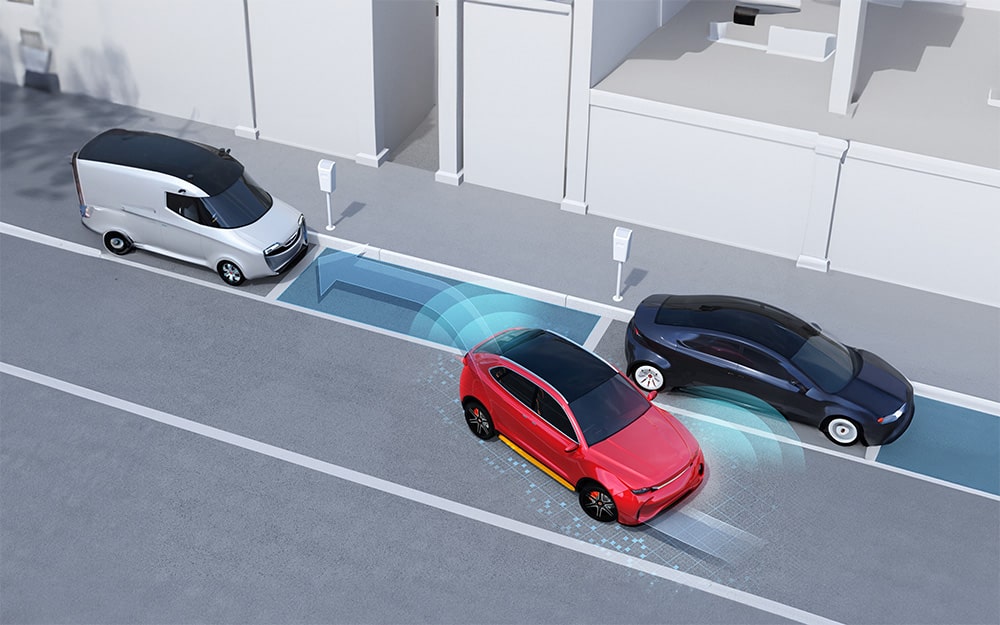
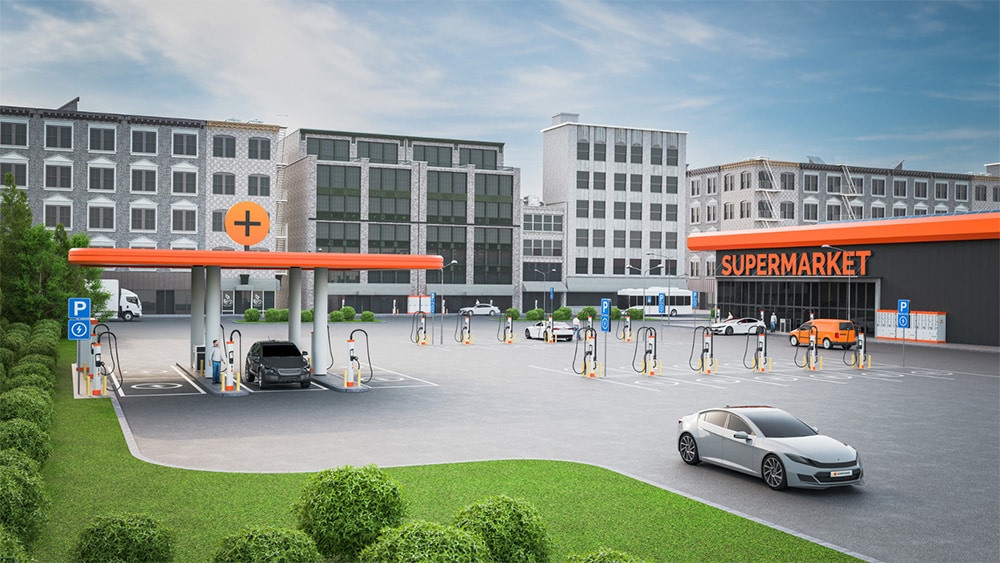
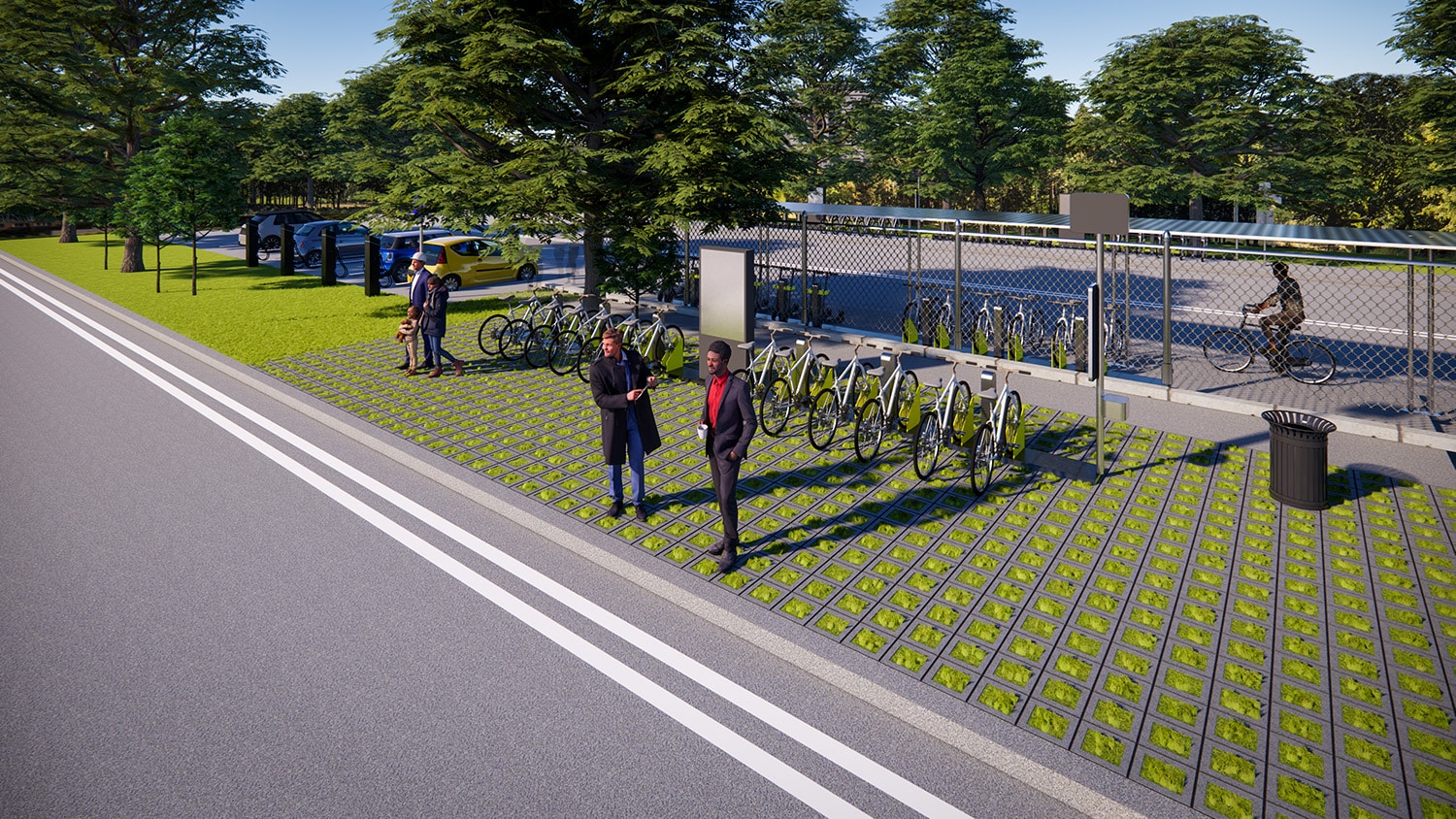
Mobility Hubs
The Future of Mobility Does Not Mean the End of


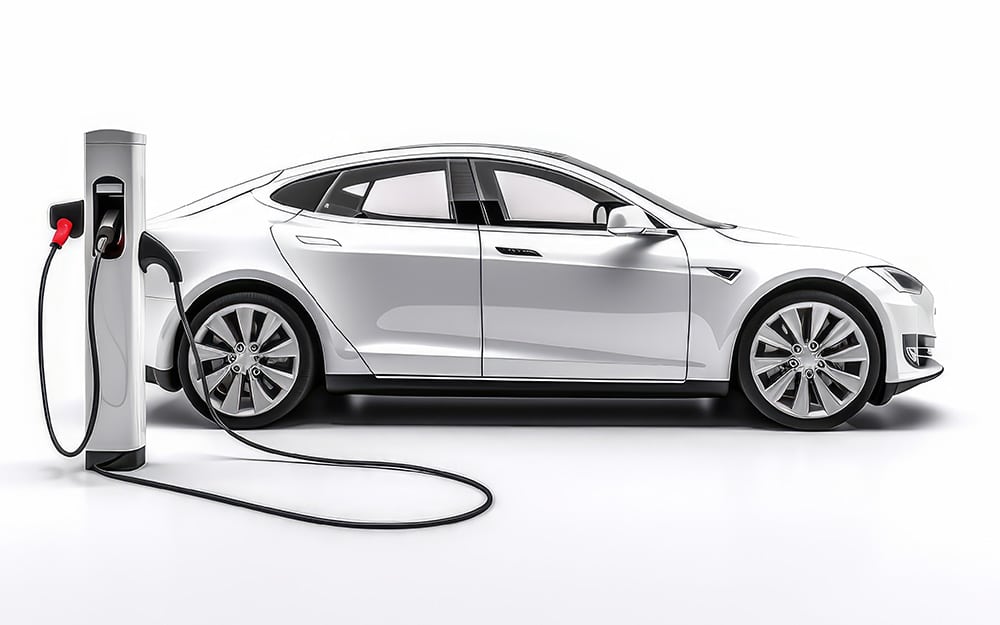
Electric Vehicle Charging Operations Research
Preliminary Results

